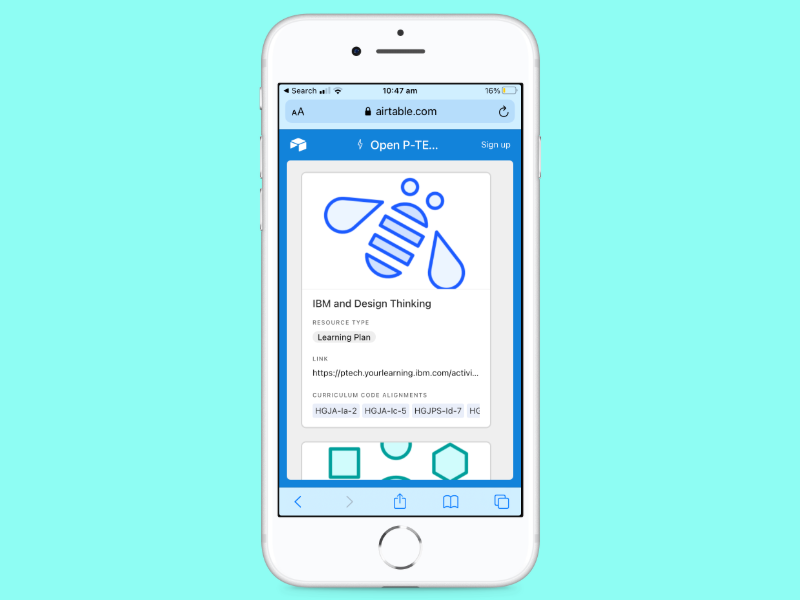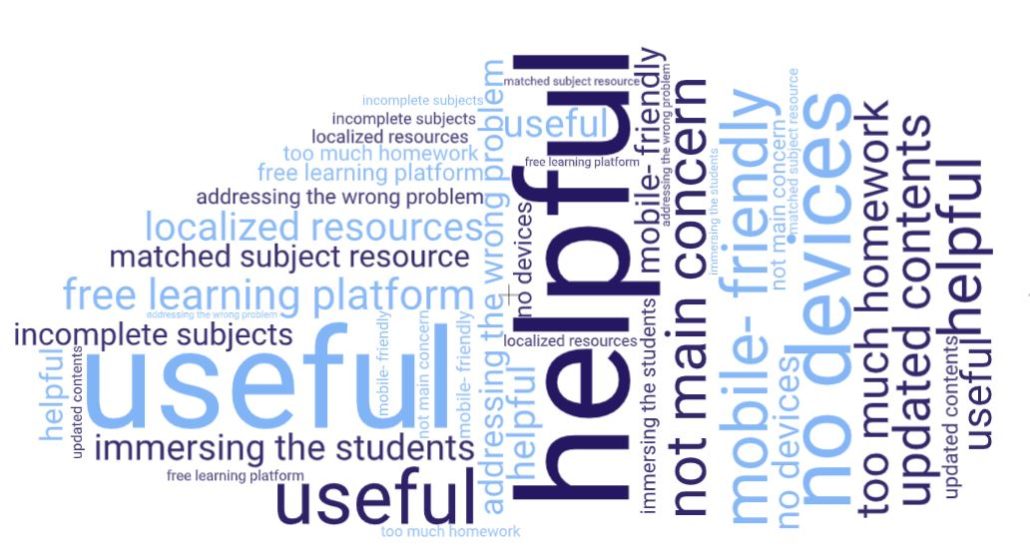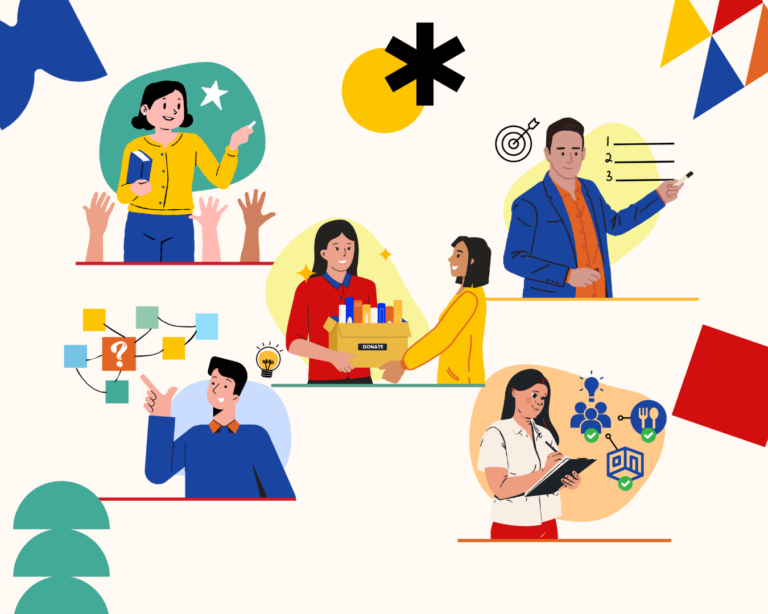The internet is one of our greatest assets because of its limitless resources, especially for teaching and learning. Even before we needed to transition to remote learning, our educators have been able to use the internet to find references when preparing teaching materials.
However, in the vastness of the internet, do our teachers find what they are looking for? Can they use these resources for their classes? How helpful is the internet for them?
In a recent project with IBM and Philippine Business for Social Progress (PBSP), we took on the challenge of purposefully matching the contents of an existing free and reliable digital learning platform (IBM’s Open P-TECH) to the DepEd STEM curriculum. We designed what we called a curriculum kit with the objective of creating a bridge between the teachers and the resources that are directly usable for them. These resources must be appropriate to the current learning situation of the students and must push towards the relevant learning goals as stated in the curriculum. Some topics from the digital platform are Artificial Intelligence, Cybersecurity, Data Science and others. While the targeted subjects for matching are ICT, Research, Guidance, Empowerment Technologies, Personal Development, Media and Information Literacy, to name a few.

The Open P-TECH Curriculum Kit designed by Habi, connects the resources to DepEd curriculum competencies. This delivered an easier experience for teachers to directly search and use resources for their respective subjects.

Each resource in the Open P-TECH Curriculum Kit is mapped with metadata such as DepEd Curriculum Competency Codes and MELCs, direct links, resource types, and subject areas.
The matching was completed by our team, guided by the Most Essential Learning Competencies and DepEd subject matter experts. Check out the curriculum kit here!
While the main target of the kit is curriculum alignment, we also wanted to ensure that it would be a user-friendly environment for teachers who would use it. We conducted a series of interviews, focus group discussions, and co-design sessions with STEM teachers to immerse ourselves in how they use the internet as a source of information for their teaching materials. We started off by learning their example keywords when searching for a certain topic, features of their go-to websites, their likes and dislikes when it comes to digital platforms, their preferences in the user interface, and many others. In these sessions, we noted that being credible, up to date, eye-catching, simple, secure and free are the main concerns.
The top challenges that they encountered while looking for references also surfaced during these sessions, like the lack of localized context and DepEd curriculum-aligned references.
Through our co-design and field work sessions, we learned a few principles when designing online resources for teachers:
- Searchable. Aside from seeing a list of available options, teachers prefer having a search function especially in big platforms where they can try out a variety of keywords. Sometimes they search for topics, subjects, activity types, media formats, and others.
- Purposeful. While teachers are not exactly meticulous with visual design, they recognize when a resource is effective or not for learning. The words “simple” and “eye-catching” were cited by most teachers, but always with respect to the purpose of learning.
- Free access. Teachers immediately check this for each resource. Not only are they trying to save money for themselves, but they are always thinking about accessibility for their students.
- Downloadable. Knowing how diverse internet connectivity is across their students, teachers always try to champion offline access for the resources.
- Connected to content. Teachers spend a lot of time looking for resources. When using keywords to search, most of them start with their topic/subject: “photosynthesis video”; “quadratic equation tutorial.” Resources should be able to feature the curriculum alignments, topic matches, and other keywords that make it easy for teachers to connect to their intended content.
After the iterative process of prototyping and co-designing, we presented the curriculum kit during an orientation attended by 400+ teachers. While not all subjects had matched resources on the platform, most expressed their appreciation of a simple tool that enables them to navigate a seemingly complex digital platform and to arrive at applicable reference materials.

Our co-designers: STEM teachers from various DepEd schools who shared their insights and experiences with curating learning resources online
During the orientation, some teachers also raised their concerns that the current challenge in our education system remains unsolved: a large portion of the student population still do not have access to a reliable internet connection or even devices to access the internet. While this challenge is beyond the scope of the project, that this was brought up makes us hopeful that teachers are eager to take on the challenge of making remote learning more accessible to their students.

A wordcloud of the teachers’ responses during the orientation, when asked about their impressions of the Open P-TECH library of resources
Although there is no silver bullet solution to the challenges that our educators face now, having an easier way to access the internet and find relevant resources can be our first steps. Utilizing what is available, coupled with teachers’ strong empathy to their students, we believe that there is much potential and possibilities yet to be explored and maximized to help our digital education scene to be more effective, more sustainable, more empowering and more nurturing.


